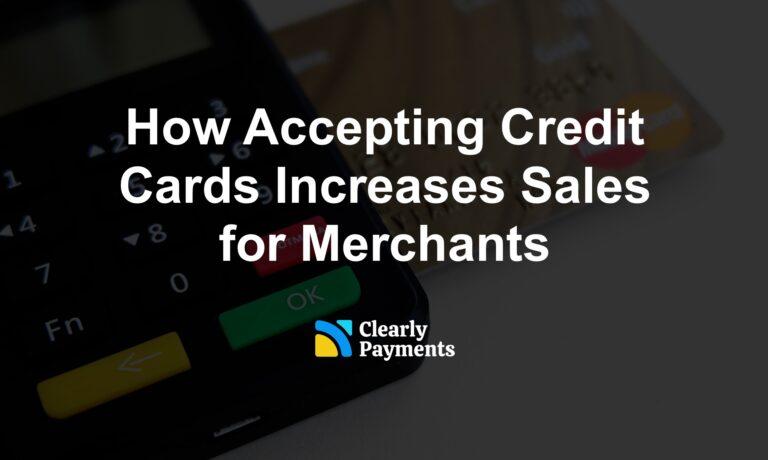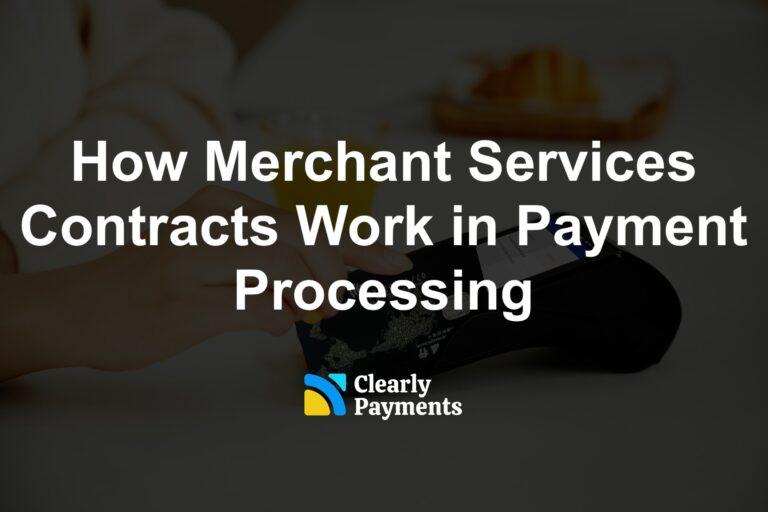Card brand fees are part of the payment processing costs that merchants pay. This fee goes directly to the card brands, such as Visa, MasterCard, Discover, and American Express. The card brand fees are the main source of revenue for the card brands. The card brand fees have several names in the payments industry, including card association fees, card network fees, assessment fees, or simply “assessments.” They are all the same thing.
Similar to interchange fees, the credit card networks review their assessment fees twice a year. You can check your monthly credit card statement to see your assessment fee.
How much are card brand fees?
The current card brand fee for Visa is 0.1017% and for MasterCard it is 0.0904% of the total monthly sales amount. Therefore if you sell $100 in the month, then the total amount for card brand fees is about $0.10. Some payment processors mark up the card brand fee. For example, you might see on your statement that the card brand fee is 0.15%. This means your processor is increasing the price to generate extra profit. From our perspective, this is a “hidden fee”. Watch out for this. You can stay up to date with our interchange and other fees page to find out the true cost.
Do I have to pay the card brand fee?
The card brand fee is part of the mandatory fees that Visa and MasterCard charge. It is possible that some payment processors may tell you that they charge zero card brand fees. However, they are definitely being charge those fees and making up the difference elsewhere. The best way to see if you are getting a good rate is to calculate your effective rate. Your effective rate is the total fees you pay divided by the total dollar amount that you transacted during that period.
How do brand fees work with different pricing structures?
- Flat rate pricing: If you have a flat rate pricing model like you get with PayPal or Square, you’ll pay the same overall rate for most transactions with a higher rate for card-not-present transactions. There might also be a monthly fee, depending on your provider. With a flat rate, any costs will already be included in the overall fees you pay. You generally do not see interchange fees or card brand fees itemized on your merchant statements with flat rate pricing.
- Interchange plus pricing: If you have interchange plus pricing, your processor will typically pass interchange fees and card brand fees through at cost. Interchange plus is the most transparent pricing model, so you will likely see the card brand fee itemized in your statement. Keep in mind that the “plus” in interchange plus is the revenue that the payment processor makes. As an example, if your negotiated rate is interchange plus 25, you’ll pay 0.25% on top of the total wholesale fees charged to your processor.
- Tiered pricing: If you have tiered pricing, you’ll pay different rates depending on which tiers a particular transaction falls into with card-not-present (CNP) and rewards cards typically charging higher rates. Tiered pricing is a complex model and may use different names for different fees. In addition, some fees show up on tiers differently. It is our recommendation to stay away from tiered pricing because it is not very transparent.




